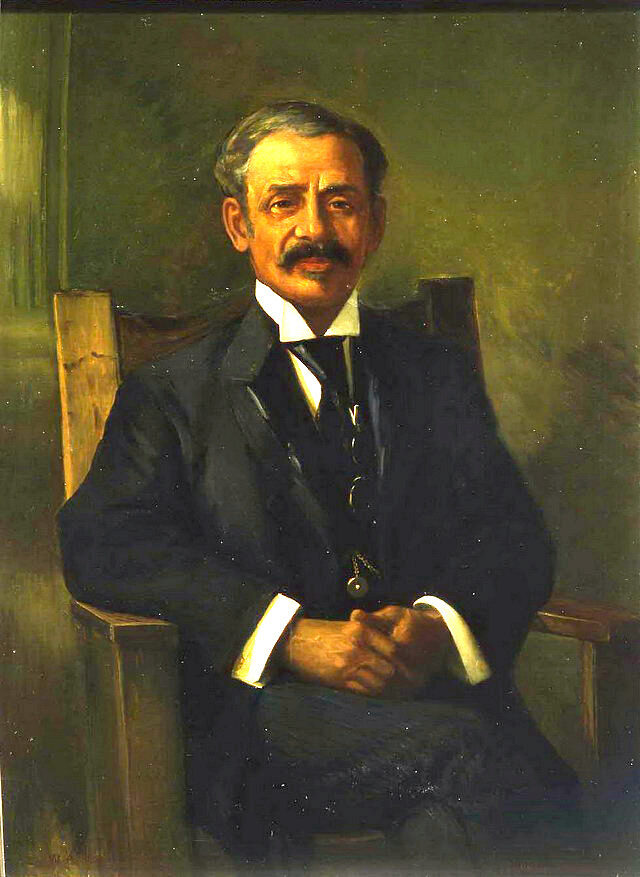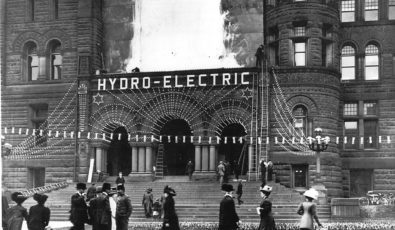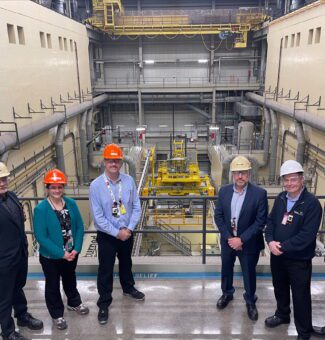William Peyton Hubbard: A profile of public service

More than a century ago, William Peyton Hubbard defied race barriers to take Toronto politics by storm and help establish Ontario's public power system.
Born in Toronto in 1842 to slaves who had escaped to Canada from Virginia via the Underground Railroad, Hubbard worked as a baker for 16 years before becoming a driver for his uncle’s horse-drawn taxi service.
While serving as a driver, he met and befriended newspaper publisher George Brown, who encouraged Hubbard to seek public office.
Despite the widespread discrimination people of colour faced at the time, Hubbard ran for Toronto City Council in 1894 at the age of 52 and won, becoming the city’s first non-white elected official. He was elected to council a total of 15 times over his 20-year political career.
As a councillor, Hubbard made a name for himself with his wit, powerful speaking, and devotion to public duty. He would experience many successes during his time in office, serving on the Board of Control and even taking on the role of acting mayor on several occasions.
His lasting legacy, however, was arguably his commitment to “public power".
Despite facing immense backlash from Toronto’s business community, who wanted a private power system, Hubbard advocated for the development of a province-wide, publicly owned hydroelectric system.
This dream would come to pass as fellow politician and “public power” advocate, Sir Adam Beck, founded the Hydro-Electric Power Commission of Ontario (HEPCO) in 1906, establishing a province-wide public electricity provider. Beck considered Hubbard his strongest ally and credited him with helping to sway public opinion to help form the power giant.
At the municipal level, Hubbard’s efforts led to Toronto and 18 other municipalities to vote in favour of contracts that would bring in power distributed by HEPCO in 1907. A year later, Torontonians approved the formation of a publicly owned distributor, leading to the formation of the Toronto Hydro-Electric System, now called Toronto Hydro.

Despite these victories, the growing animosity Hubbard faced from business leaders led to his first defeat at the polls in 1908.
He returned to city council in 1913 but retired that same year to tend to his ill wife. In 1935, Hubbard died of a stroke at his Toronto home at the age of 93.
But well before his death, the politician was able to see the fruits of his labour as the public hydro system he and Beck had fought for expanded swiftly across the province. In 1910, HEPCO’s first transmission lines began providing power to southwestern Ontario. By the 1920s, the utility was in full growth mode, acquiring the Toronto Electric Light Company to become the largest electric power system in the world.
Today, HEPCO’s successor company OPG continues Beck and Hubbard’s legacy as the largest publicly owned generator in the province, providing low-cost, clean and reliable power to Ontarians every day.
Subscribe and stay informed
Sign up to receive the latest news, project updates, and event information from OPG.


